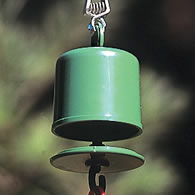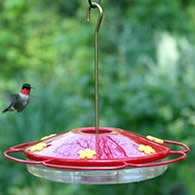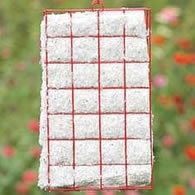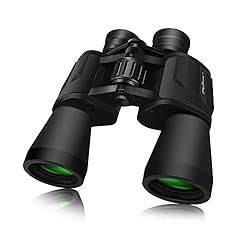Annuals, Perennials, and Shrubs that Draw in the Hummingbirds
Hummingbirds are not only beautiful to watch, but they also play an important role in pollination, making them valuable members of any backyard.
Whether you have a large garden or a small balcony, there are plenty of plants that you can choose from that will attract Hummingbirds.
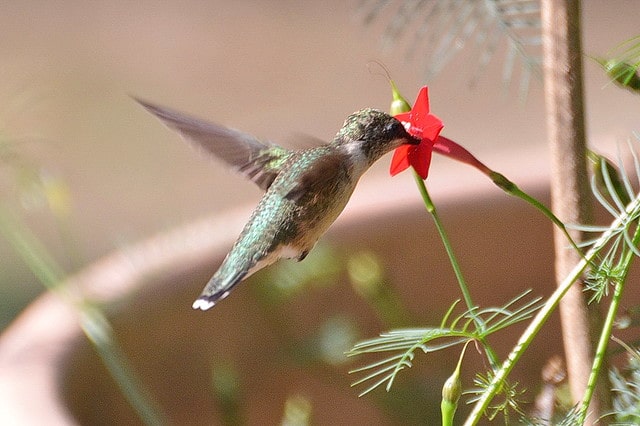
We'll explore the top annual, perennial, and flowering shrubs that we find really work at getting these birds and that provide them with the nectar they need to thrive.
From colorful and fragrant blooms to towering spikes of bright red flowers, there is a plant to suit every type of garden. So, grab your gardening gloves, and let's get started!
What Annual Flowers Attract Lots of Hummingbirds?
The beauty of using annuals to attract Hummingbirds is that you can change from season to season.
Whether in the flower border, baskets, or planters on your deck, these hummingbird favorites are bound to attract more birds. Let's start with annuals.
Fuchsia
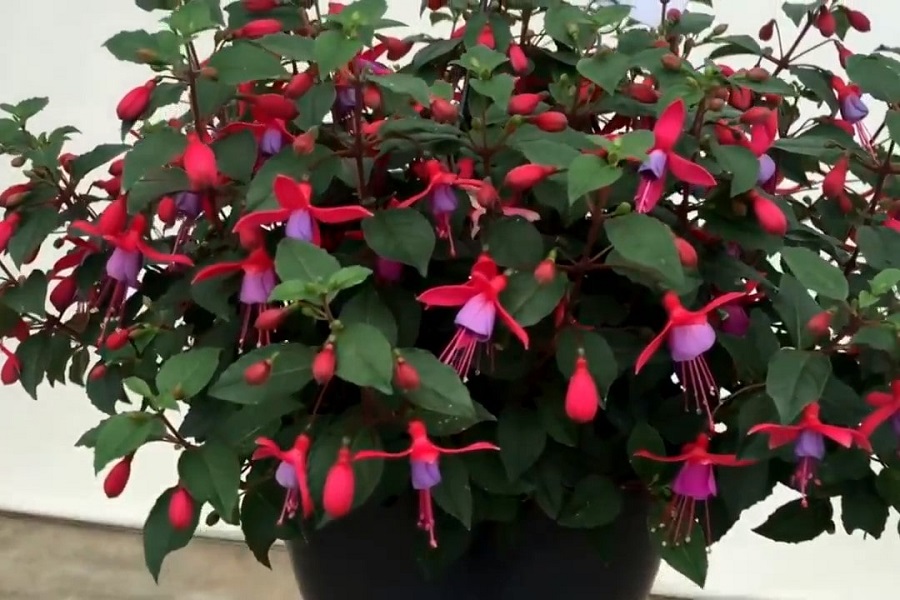
Fuchsia
These pendulous flowers come in a variety of colors and feature elongated petals that make them perfect for hummingbirds to feed from.
Fuchsias prefer moist, well-drained soil and partial shade. They can also tolerate full sun if they are given enough water.
With the right care, they will bloom from summer to fall, providing a source of nectar for hummingbirds and other pollinators.
Petunias

Petunia
Petunias are colorful and vibrant annuals that bloom throughout the summer. They come in a range of colors, including pink, purple, red, and yellow.
Petunias prefer full sun to partial shade and well-drained soil. They come in a variety of shapes and sizes, from small, compact plants to large, trailing varieties.
Popular and easy to care for, they can bloom from spring until fall, providing months of color and interest.
Salvia
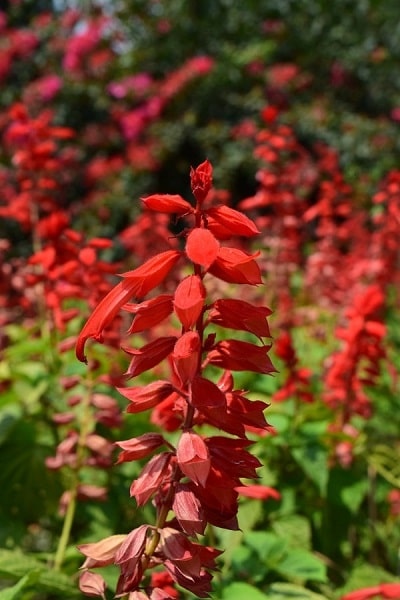
Salvia
Annual Salvia is a plant known for its spikes of brightly colored flowers that come in shades of blue, purple, red, and pink.
Prefers full sun to partial shade and well-drained soil. Colorful in the flower bed and a hummingbird favorite.
Annual Salvia can grow to be quite tall, sometimes reaching up to 4 feet, and its flowers bloom from spring until fall, providing months of color and interest.
In my own garden I've found Hummingbirds attracted to both the red and the blue flowers equally.
Verbena
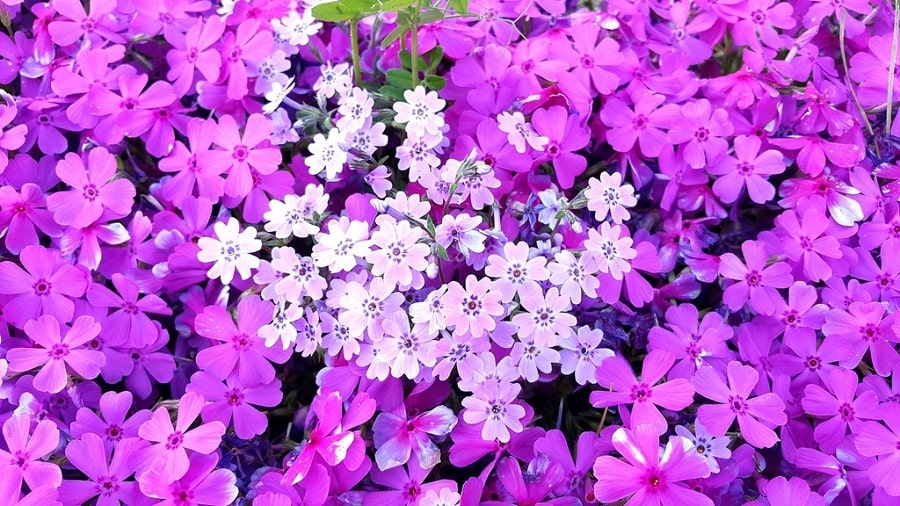
Verbena
Verbena is a drought-tolerant annual that is known for its clusters of tiny, brightly colored flowers that come in a variety of shades including pink, purple, red, and white.
Verbena plants are easy to grow and care for. They prefer full sun to partial shade and well-drained soil. A great addition to any wildlife-friendly garden.
Begonias

Begonia
Begonias are shade-loving annuals that produce clusters of small, brightly-colored flowers in shades of pink, red, and white.
They prefer well-drained, moist soil and partial to full shade, making them a great choice for shady areas of the garden.
Begonias are also relatively low-maintenance plants and are generally easy to care for.
Cleome
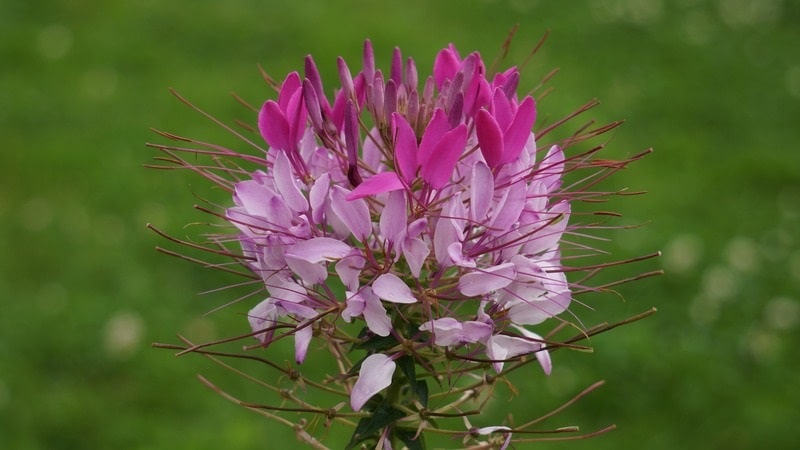
Clemoe
Cleome, also known as spider flower, is a tall annual that produces spikes of delicate, spidery flowers in shades of pink, purple, and white.
Cleome plants are usually grown as annuals, but they can be overwintered in warmer climates.
They prefer full sun to partial shade and well-drained soil, and they are relatively low-maintenance plants that are easy to grow.
One caution I have to offer is that these plants self sow and you have to be on top of things, or the following spring or they'll be everywhere.
Lantana
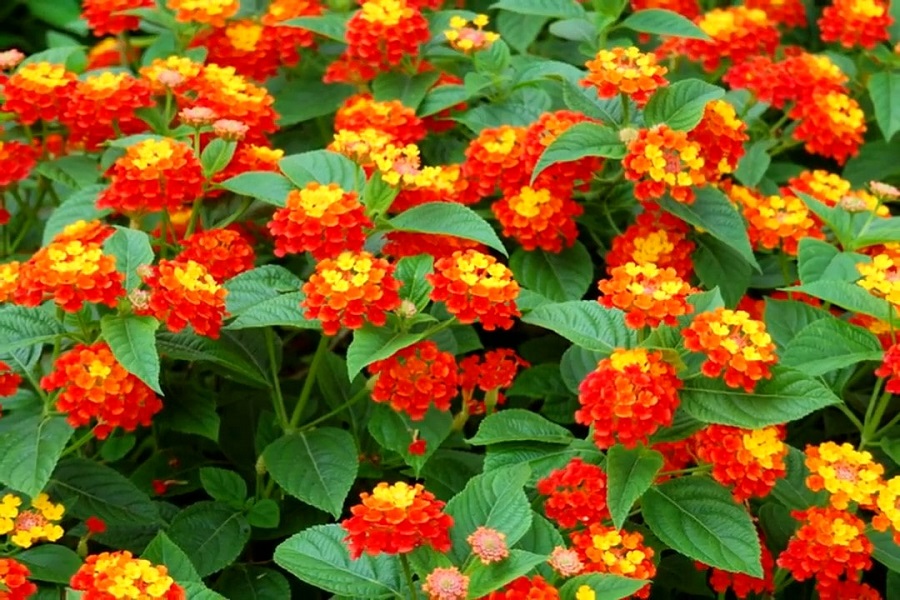
Lantana
Lantana is a heat-loving annual that produces clusters of brightly colored flowers in shades of yellow, orange, pink, and purple.
Lantana plants are low-maintenance and easy to grow, and they prefer full sun to partial shade and well-drained soil.
Lantana plants can grow to be quite large and sprawling, so they are often trimmed or trained to keep them under control.
Zinnia
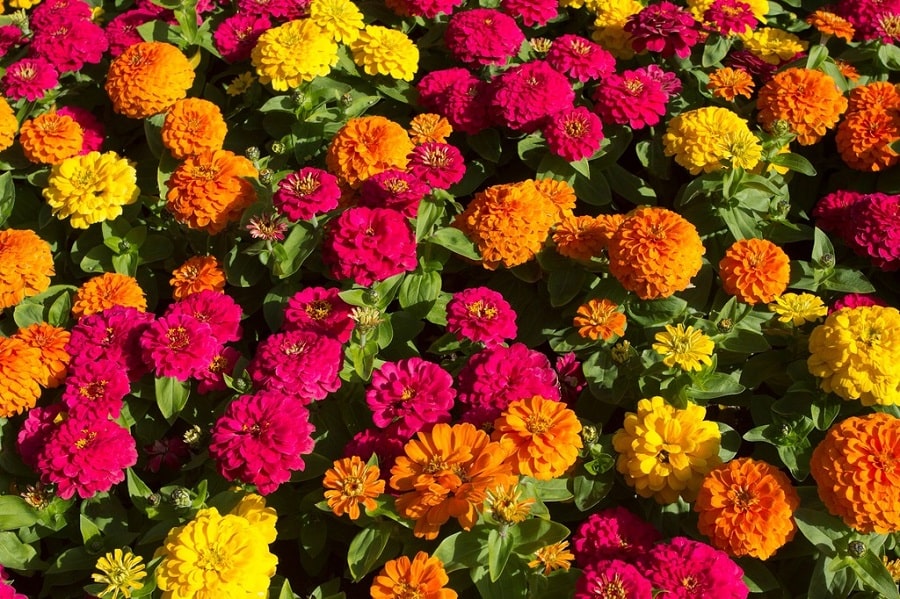
Zinnia
Zinnias are easy to grow and prefer full sun and well-drained soil. They are also drought-tolerant once established, making them a great choice for gardeners in dry climates.
Zinnias come in a variety of shapes and sizes, from tiny, delicate flowers to large, ruffled blooms, and they can grow to be quite tall, sometimes reaching up to 4 feet.
They are also grown for their long blooming period, which can last from summer until fall, and for their ability to attract butterflies and hummingbirds.
Morning Glory
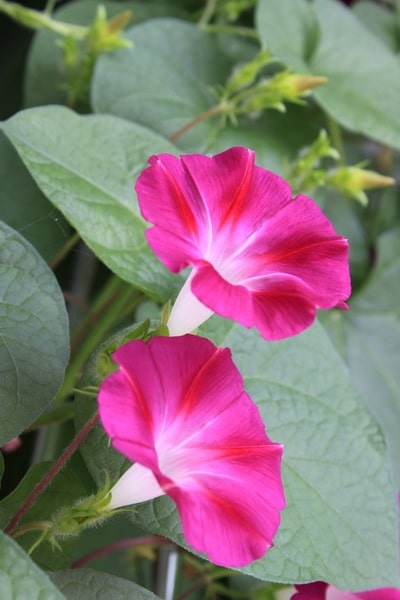
Morning Glory
Morning Glories are an annual vine that can grow to be quite large, sometimes reaching up to 20 feet. Grown on a fence or trellis, they can be striking.
These plants are known for their large, trumpet-shaped flowers that come in a range of colors, including blue, purple, pink, red, and white.
They are also grown for their fragrant blooms, which have a sweet, pleasant aroma. Morning Glories will reseed, giving you more plants each spring.
What Types of Perennials Are Best for Attracting Hummingbirds?
Perennials are a great way to attract hummingbirds to your garden! These hardy plants bloom year after year, providing a constant source of nectar that attracts more birds.
Plant in groups, hummingbirds are more likely to be attracted to a group of plants rather than just one, so plant perennials in clusters for maximum impact.
Monarda

Monarda (Bee Balm)
Monarda (bee balm) is a fragrant perennial that produces spikes of tubular flowers in shades of pink, purple, red, and white.
An attractive plant that is well-suited to a variety of garden styles. Monarda plants are easy to grow and prefer full sun to partial shade.
Flowers bloom from mid-summer until fall. I also get a lot of compliments from my human visitors as well.
Columbine

Columbine
Columbine is a delicate perennial that produces bell-shaped flowers in shades of blue, pink, purple, and red.
When planting columbine to attract hummingbirds, it is important to place it in a sunny or partially shady area where it will receive adequate light.
It is also a great choice for rock gardens, woodland gardens, and wildflower gardens. Go online and check them out. There are many varieties to choose from.
Cardinal Flower

Cardinal Flower
The Cardinal flower (Lobelia cardinalis) is a beautiful perennial plant that is a popular choice for attracting hummingbirds to the garden.
As its name suggests, the Cardinal flower is named after the bright red color of the male Northern Cardinal bird, and its showy red spikes of tubular flowers are sure to catch the eye of hummingbirds.
Cardinal flowers can be a stunning addition to the garden that will provide a source of nectar and a beautiful display of color for many years
This is my go to vine every year. I plant seeds indoors to have plants ready by April.
Carefull though, they may be good at attracting hummingbirds but rabbits like them too. Protect them with fencing until they get taller. The rabbits only eat them when they're small
Wild Bergamot

Wild Bergamot
Wild bergamot is native to North America, and it is known for its fragrant, showy clusters of pink, lavender, or white flowers that bloom in late summer and early fall.
The flowers are arranged in distinctive, rounded clusters that are highly visible and attractive to hummingbirds and other pollinators.
Wild Bergamot is a hardy plant that can grow up to 3 feet tall. A versatile plant that can be grown in a variety of soils, from sandy to clay, as long as the soil is well-draining.
Phlox
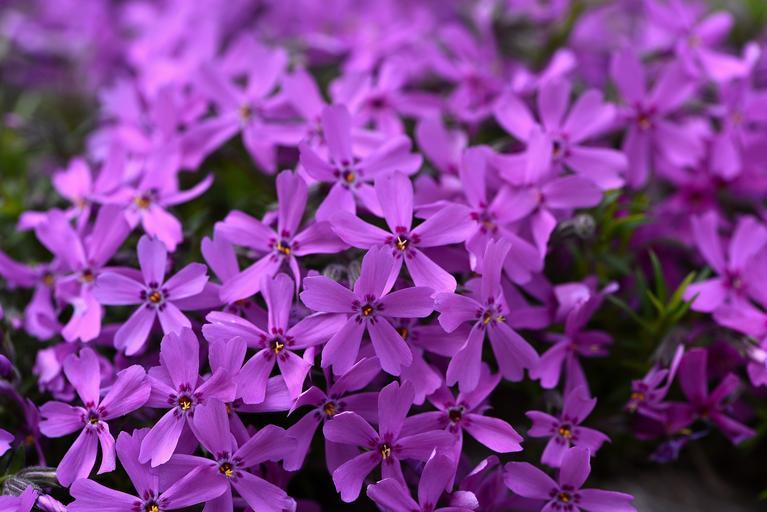
Phlox
Phlox is known for its showy clusters of fragrant, brightly colored flowers that bloom in the spring and summer.
The flowers come in a range of colors, including pink, purple, red, white, and blue, and they are arranged in large, rounded clusters.
Phlox is commonly used in borders, rock gardens, and cottage gardens, also a popular choice for cutting gardens, as the flowers are long-lasting when cut.
What Bushes, Shrubs Do Hummingbirds Love
Shrubs or bushes, whichever you call them, add value and beauty to any home landscape.
Adding those that are attractive to hummingbirds and other pollinators is a win-win for all of us.
Below we give you three of the most popular shrubs for both hummingbirds and humans
Azaleas
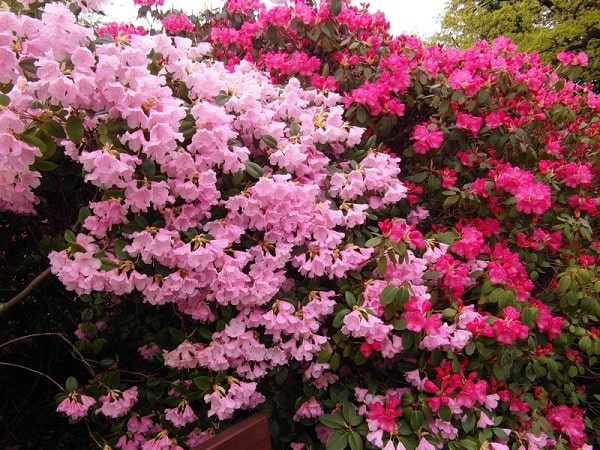
Azalea
There are many species and cultivars of azaleas, with blooms in a range of colors, including pink, red, white, yellow, and orange.
They prefer acidic, well-drained soils and partial shade, although some species can tolerate full sun.
Azaleas have showy, fragrant blooms that appear in spring just when the first hummingbirds arrive on their breeding grounds.
Althea
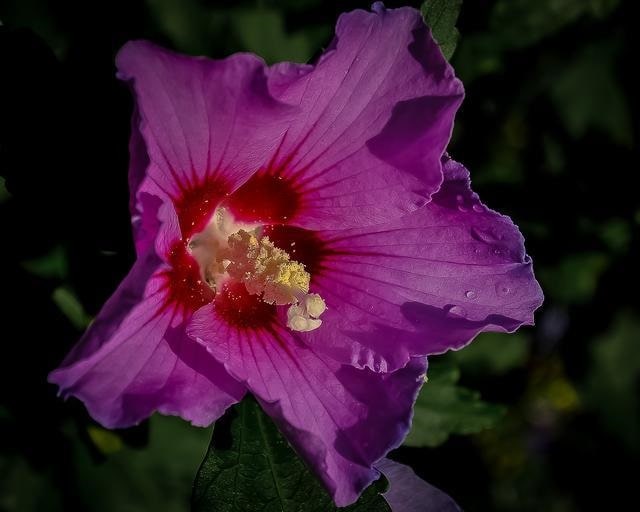
Althea
Althea, also known as rose of Sharon, is a deciduous shrub that is native to Asia.
Prized for its large, showy blooms in shades of pink, purple, red, white, and blue, which appear in late summer and early fall.
The shrub can grow up to 12 feet tall and is hardy in USDA zones 5 to 9. A good specimen plant
Butterfly Bush

Butterfly Bush
The butterfly bush is a deciduous shrub that is highly attractive to butterflies, bees, and other pollinators. Its long, fragrant spikes of flowers in shades of pink, purple, yellow, blue, and white appear in summer.
The butterfly bush is hardy in USDA zones 5 to 9, and can grow up to 10 feet tall, although some cultivars are smaller.
To encourage bushier growth and more blooms, prune the shrub back hard in early spring, before new growth begins.
The Benefits of Attracting Hummingbirds with Plants
Attracting hummingbirds with plants is not only good for the birds but also people and the environment as a whole.
By planting nectar-rich flowers and creating a hummingbird-friendly environment, you can enjoy the beauty and joy these birds bring.
More About Hummingbirds
Learn the Ruby-throated Hummingbird Habits
Check Out Our Hummingbird Gifts, Ideas, and Products
As an Amazon Associate, wild-bird-watching may earn commissions on qualifying purchases
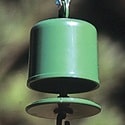 Ant Guard |
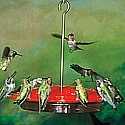 Aspects Bee Resistant |
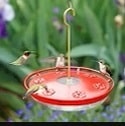 Aspects High View |
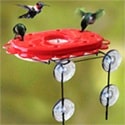 Window Mount |

